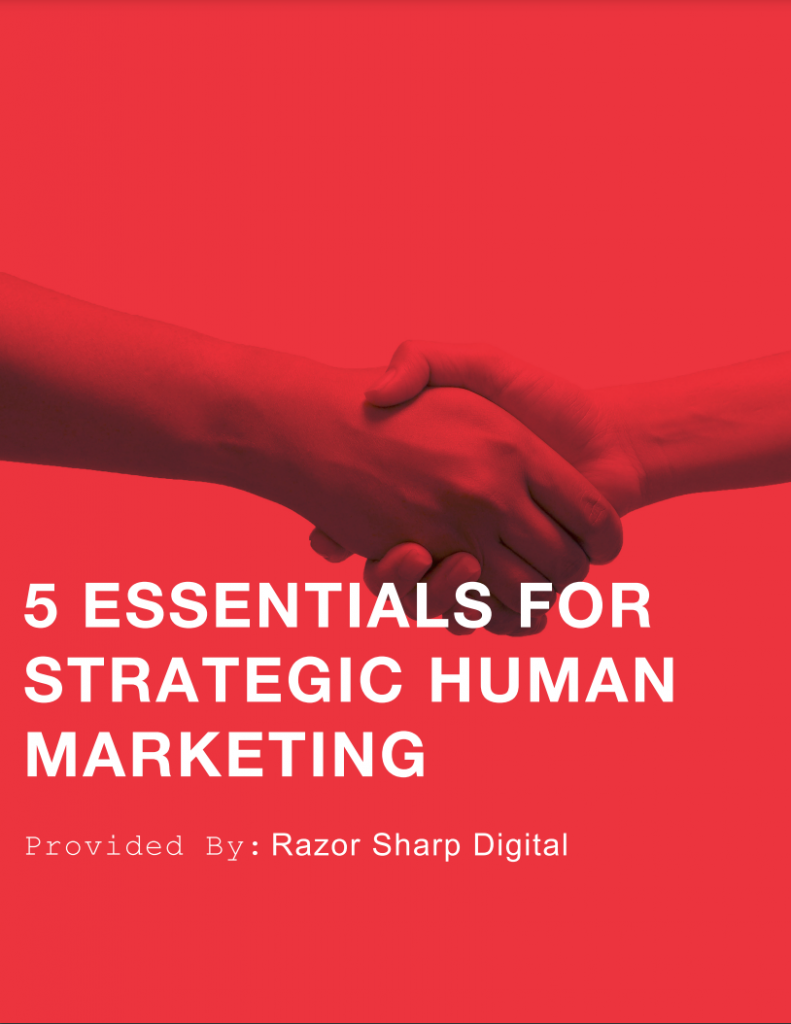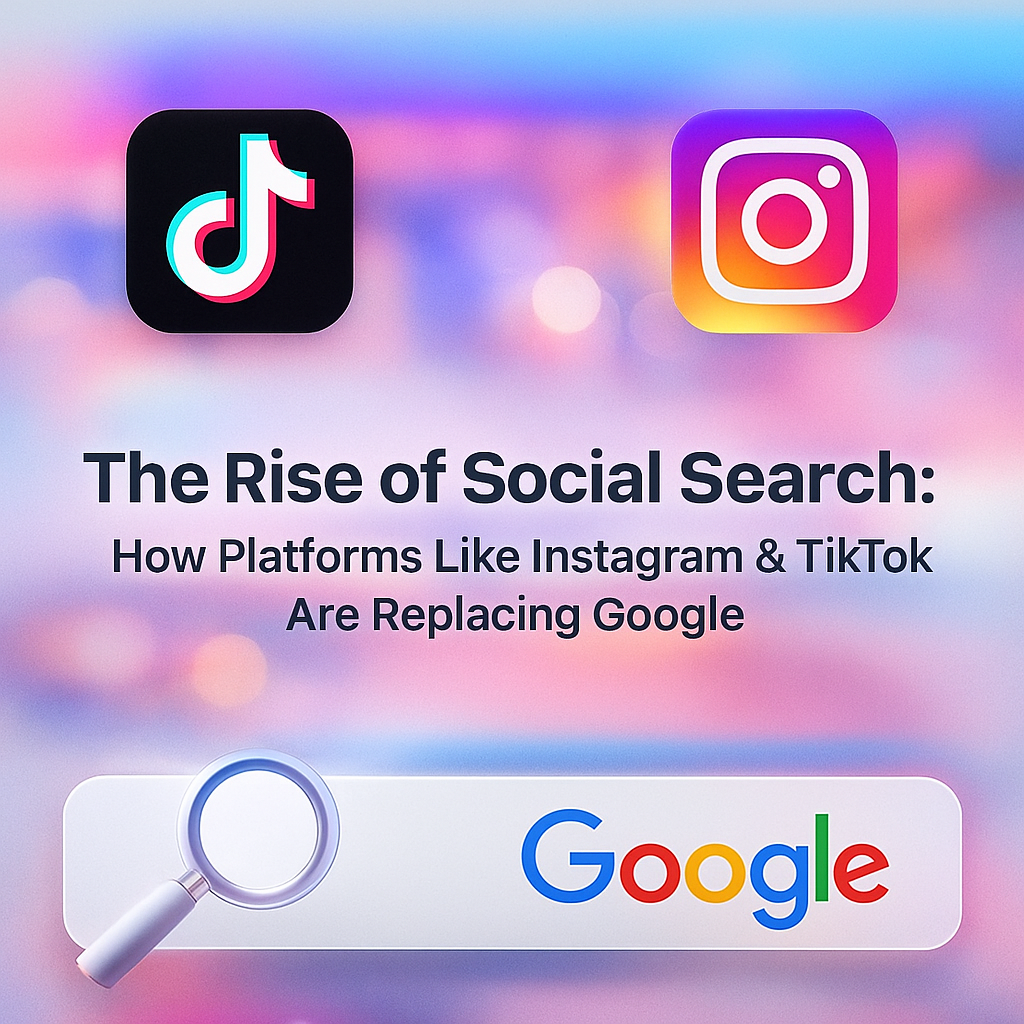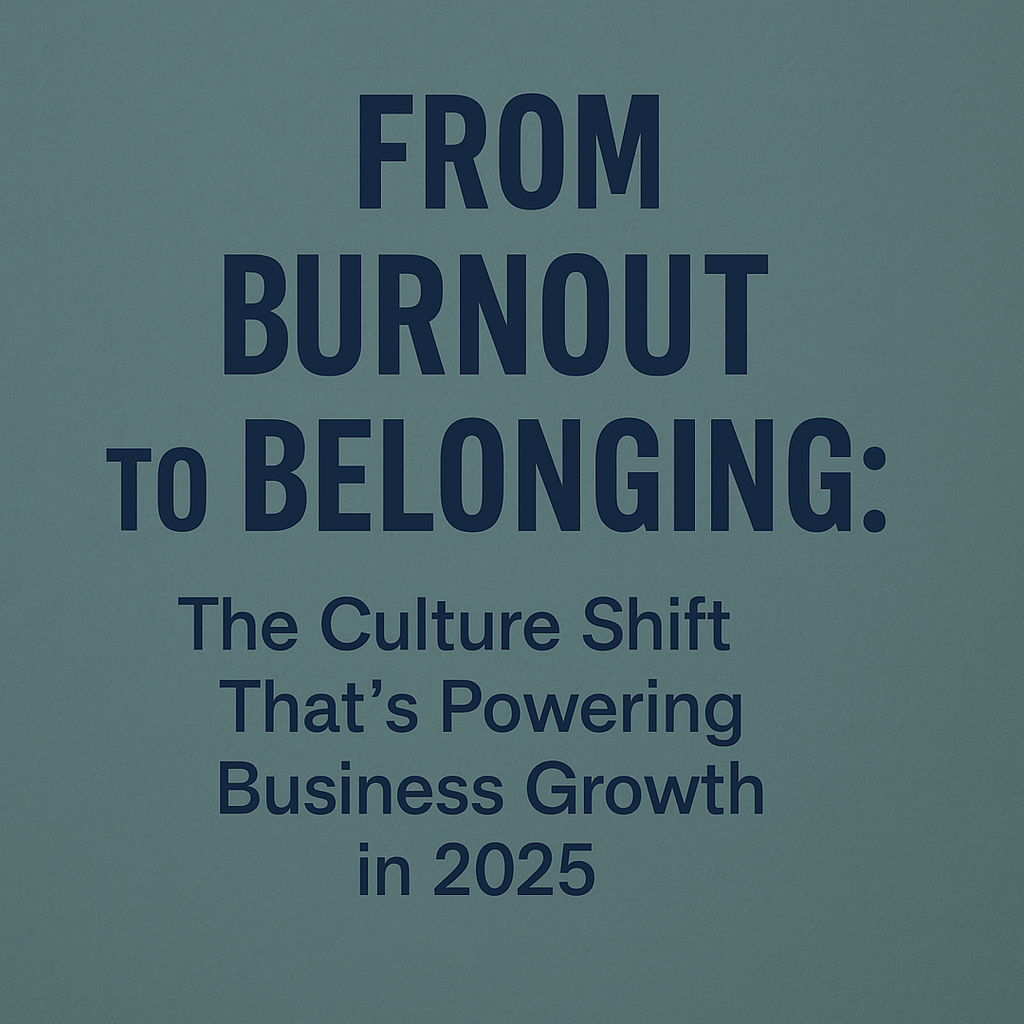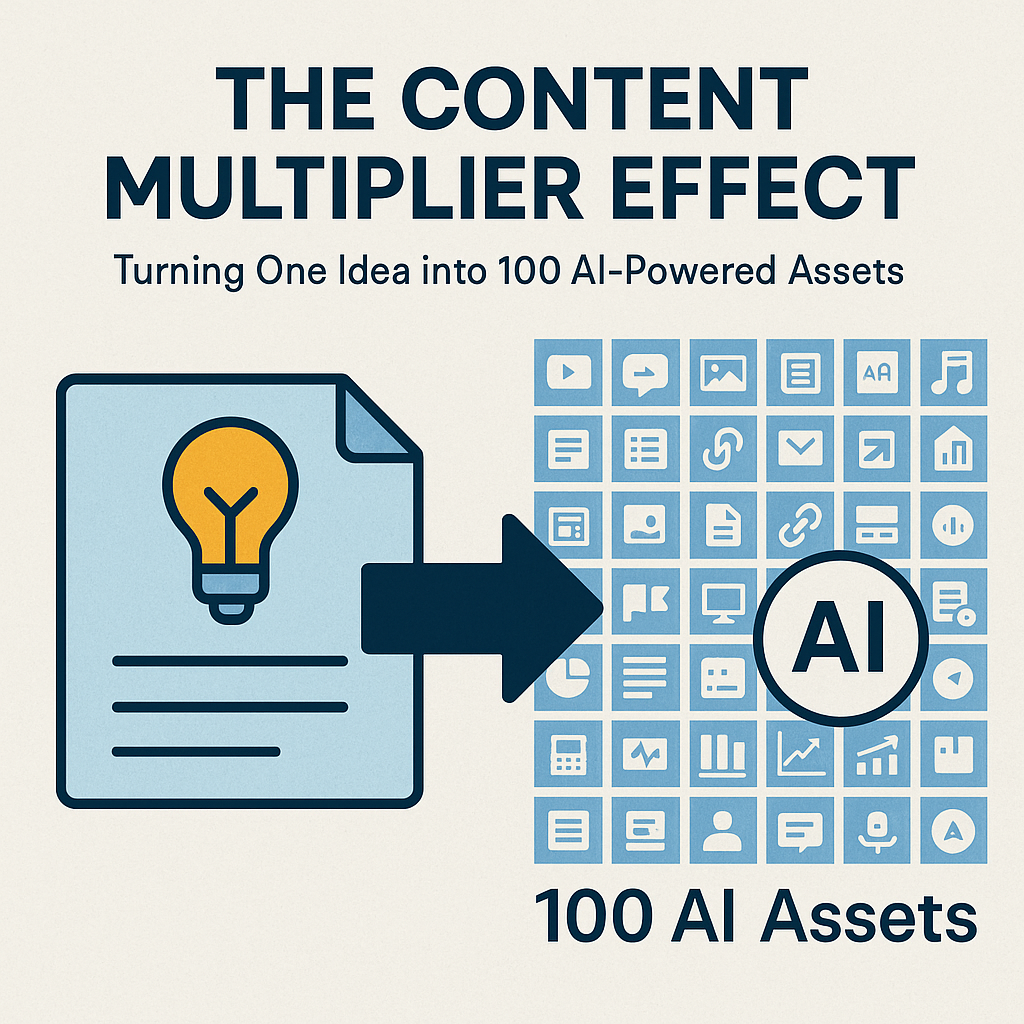As we move deeper into 2025, one thing is crystal clear: privacy-first marketing is no longer optional—it’s essential. With Google phasing out third-party cookies in Chrome and privacy regulations tightening globally, digital marketers are being forced to rethink how they run their paid media campaigns.
So, what does a winning paid media strategy look like in a cookieless future? Let’s break down what’s changing—and how to stay ahead.
The Fall of Third-Party Cookies: Why It Matters
Third-party cookies have long been the backbone of online advertising. They allowed advertisers to track user behavior across sites, build retargeting campaigns, and measure attribution with precision.
But users have become more privacy-aware, and regulators have responded. Major changes:
Google Chrome to eliminate third-party cookies by end of 2025
Apple’s iOS updates restrict cross-app tracking
GDPR, CCPA, and other laws enforce stricter data usage rules
These shifts are reshaping the digital advertising ecosystem.
What Is a Privacy-First Paid Media Strategy?
A privacy-first strategy respects user consent, leverages ethical data practices, and builds trust—while still delivering results.
It emphasizes:
5 Cookieless Paid Media Strategies to Implement Now
1. Double Down on First-Party Data
First-party data—data you collect directly from your customers (via email signups, purchase history, website behavior)—is your most valuable asset.
Tips:
Offer value (e.g., exclusive content or discounts) in exchange for emails
Use CRMs and CDPs to organize and activate this data in your paid media campaigns
Match this data with platforms like Facebook Custom Audiences or Google Customer Match
2. Leverage Contextual Targeting
Contextual targeting doesn’t rely on user data—it matches ads with the content users are viewing.
Example: Showing your hiking gear ad on articles about trail running, rather than targeting users based on past purchases.
This approach is making a major comeback in programmatic advertising.
3. Utilize Server-Side Conversion APIs
Platforms like Meta’s Conversions API and Google’s Enhanced Conversions allow for more accurate, privacy-compliant tracking of ad performance.
Benefits:
4. Build Consent-Driven User Journeys
Ensure all tracking and personalization are opt-in and transparent.
Best Practices:
Use clear cookie consent banners
Offer granular control over data sharing
Align ad experiences with user permissions
Trust drives engagement.
5. Focus on Brand Affinity & Long-Term Value
Without invasive tracking, brand loyalty and experience matter more.
Action steps:
Invest in high-quality content and native ads
Retarget using owned channels like email or SMS
Optimize for lifetime value (LTV), not just the first click
Bonus: Platforms Leading the Privacy-First Charge
Stay updated and experiment with these:
They’re all building tools for a cookieless landscape—test them early.
Final Thoughts: Adapt or Get Left Behind
The digital advertising landscape is evolving fast, and those clinging to outdated, cookie-reliant tactics will lose traction. But with a forward-thinking paid media strategy, marketers can turn these privacy shifts into a competitive edge.
✅ Prioritize first-party data
✅ Embrace new tech tools
✅ Build trust-driven campaigns
The brands that win in the privacy-first era will be the ones that adapt early and lead with transparency.









